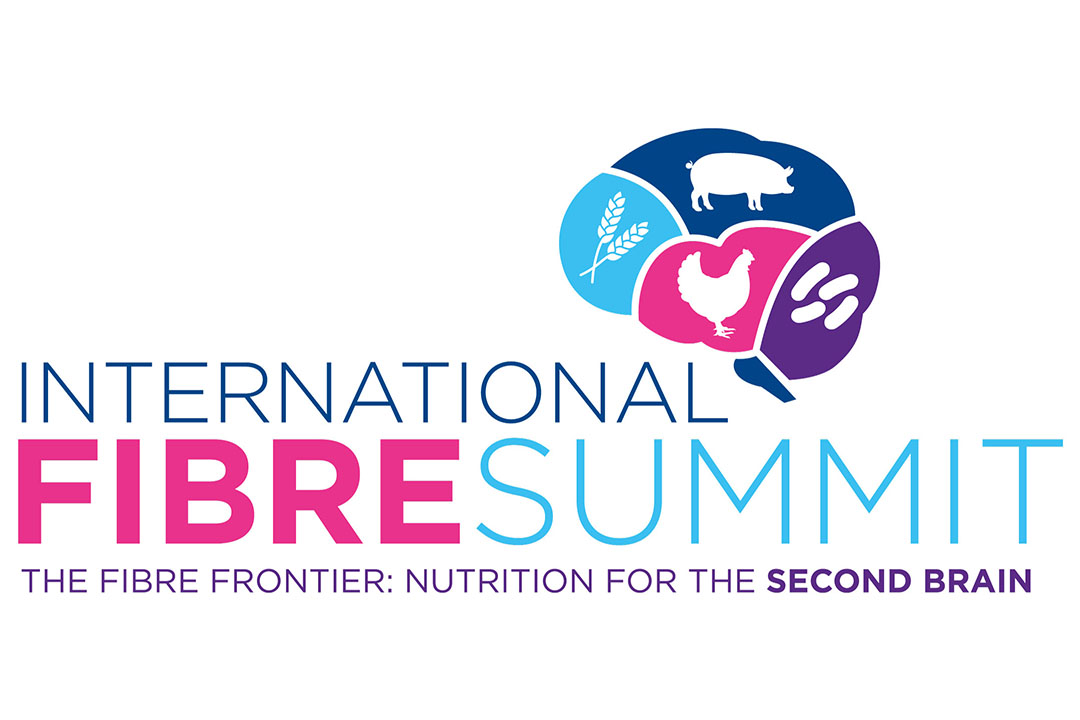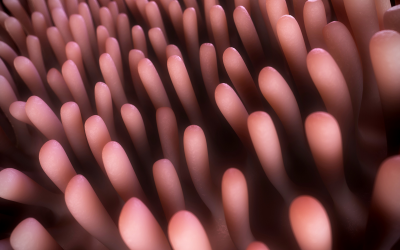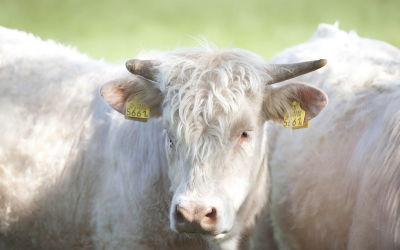Dietary fibre: The banquet for beneficial bacteria

It seems like yesterday that I was hearing my parents say “Eat your vegetables!” We know that they are good for several reasons, and one those reasons is fibre intake. In human nutrition, the benefits of fibre for overall gut function are well established and accepted. These include satiety, regulation of nutrient absorption and – more importantly – the establishment of a good microbiota. The understanding of fibre in human nutrition has evolved due to the development of improved analytical methods in terms of both fibre determination in food ingredients and microbiota detection.
Because of the reduction on the reliance of antibiotic growth promoters, animal nutritionists can be overwhelmed with information on how to maintain a good gut environment and microbiota. There is no single silver bullet to provide the answer; it is a combination approach that needs to be employed as part of a nutritional strategy to address the situation. An important part of this approach worth considering, which is often overlooked, is the role of fibre in the diet, due to this being a key substrate for bacterial growth.
Crude fibre analysis
The use of obsolete methods for fibre analysis was possibly one of the main causes for nutritionists to overlook fibre content in pig and poultry diets. The main analysis still used today is a method called crude fibre analysis, which was developed more than 150 years ago – and which basically underestimates the fibre content. This because samples are processed in such a harsh way that generally only a quarter of the fibre can withstand the method’s conditions.
Crude fibre then creates the false sensation that usually ingredients are low in fibre, with monogastric feed having a fibre composition of less than 5%. Analytical methods have evolved, and today we are able to measure total fibre content, which is comprised of non-starch polysaccharides and lignin. By using this method, we can see that total fibre can range from 10% to as much as 25% in monogastric diets, which of course will be dependent on feed composition – but this refutes the belief that monogastric diets are low in fibre.
The importance of fibre
So, why is fibre so important? For a long time, it was thought that fibre just caused a negative impact in animal nutrition, and that formulating diets without fibre was the best solution. We now know that fibre plays an important role in gut function and microbiota development. Understanding fibre content and characteristics, like solubility and even degree of polymerisation, will help us to better nourish the beneficial bacteria that ferment fibre. Gut bacteria utilise fibre as a substrate, ultimately producing volatile fatty acids (VFAs) which help to maintain gut integrity and serve as energy sources for the host, recovering some of the energy that would be lost if the microbiota wasn’t there. We also need to remember that the microbiota benefits the host not only by producing VFAs but also through the development of the immune system, outcompeting pathogens, and the production of other beneficial products like vitamins and even host behaviour.
Evolving of gut microbiota
The gut microbiota evolves over time, getting better and better at utilising fibre as a substrate. So what tools can we use to make the gut microbiota more rapidly capable of utilising fibre? One thing we need to remember is that not all fibre is easily fermentable. In fact, some types of fibre are not fermentable at all in monogastrics (i.e. cellulose and lignin). Another important point regarding fibre is that the microbiota will preferably ferment oligosaccharides over polysaccharides.
In fact, this may be the main mechanisms by which xylanases work, in terms of breaking down long chains (or polysaccharides) of arabinoxylans into smaller chains (or oligosaccharides). These oligosaccharides will stimulate the growth and establishment of microbiota mechanisms to degrade and ferment fibre, favouring species that ferment fibre to produce their own enzymes to disrupt all the fibre.
A new frontier for monogastric nutrition
Taking into consideration that the fibre content in monogastric diets is rather high, it seems unreasonable not to harvest the benefits that improved fibre fermentation can exert. This way of thinking represents a new frontier for monogastric nutrition in terms of how to better provide nutrients to the gut microbiota, often referred to as the “second brain” by human nutritionists.
Author: Gilson Gomes, Head of Technical, AB Vista






